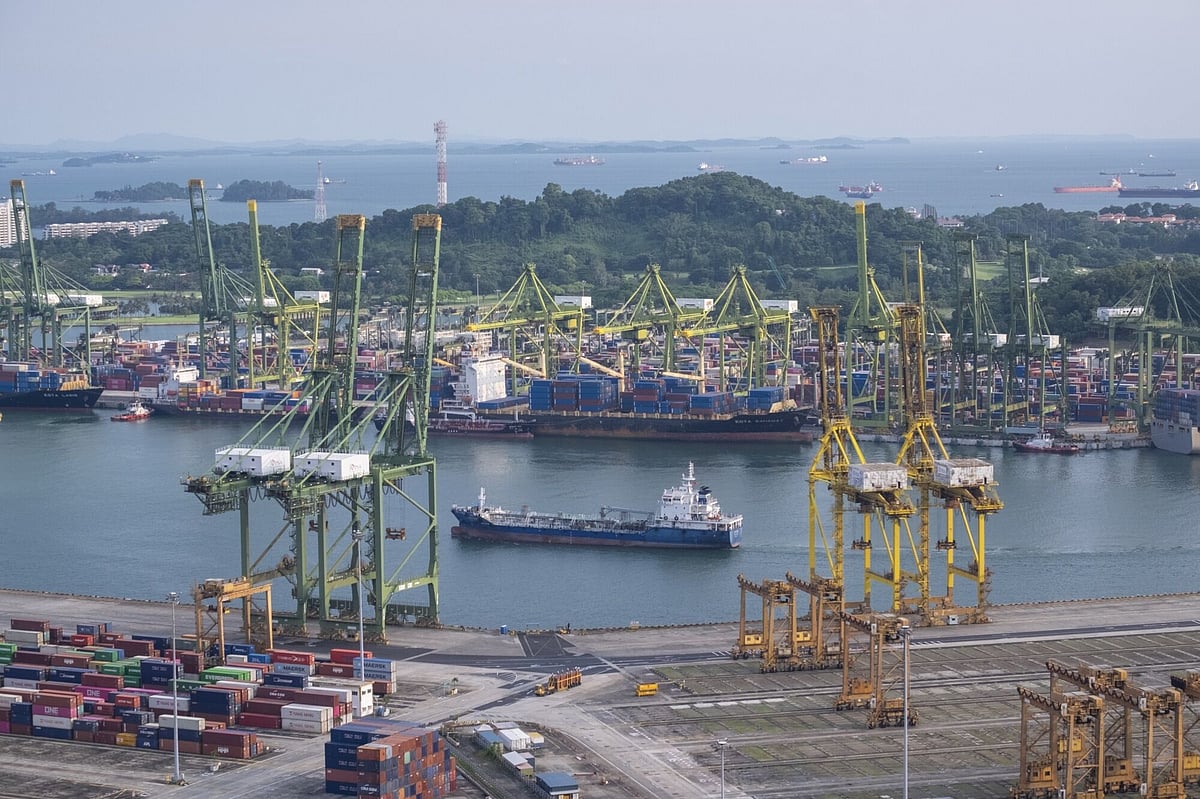Dubai: The collapse of a ceasefire between Yemen’s Houthi group and the United States has put global shipping routes back in the spotlight.
According to S&P Global Market Intelligence, the Houthi decision “maintains severe risks for all vessels in transit” through the Red Sea, Gulf of Aden, and western Indian Ocean — regardless of flag or ownership.
On September 30, the Houthis announced they were ending a truce agreed in May and would resume targeting U.S.-linked assets. Analysts caution that the vessels cited by the group have already avoided the region for months by sailing around Africa’s Cape of Good Hope, reducing the likelihood of immediate escalation.
Why this matters
The Red Sea and Bab al-Mandab strait form one of the world’s busiest trade arteries. Up to 15% of global trade, including crude oil, LNG, and container cargo, passes through the Suez Canal each year.
Disruption forces shipping companies onto the longer Cape route, adding up to two weeks and sharply higher fuel costs.
Egypt has already felt the impact. President Abdel Fattah el-Sisi said canal revenue losses reached about $7 billion in 2024, or nearly $800 million each month.
Shipping adapts
Many operators now treat the Cape of Good Hope as the default route, with schedules and fueling stops adjusted to absorb the detour. That planning has helped reduce disruption, but at a cost to efficiency.
Container freight rates, meanwhile, have eased despite the longer journeys. Drewry’s World Container Index recently fell 5% in a week to $1,669 per 40-foot box, the lowest since early 2024, as vessel oversupply offset disruption premiums.
Insurance remains a hidden burden. War-risk cover surged to 0.7% of a ship’s hull value at the height of the crisis, from about 0.3%. While some relief has come, underwriters continue to impose stricter conditions on U.S. or U.K.-linked ships.
All ships at risk
Although the Houthis name U.S. and Israeli vessels in statements, S&P data shows targeting is often indiscriminate. Since 2024, only 37% of attacks have hit ships with clear U.S. or Israeli ties, while 63% involved vessels with no obvious connection.
Analysts warn of vessel misidentification, given the Houthis’ reliance on Iranian intelligence and open-source data.
Bottom line?
For now, the Red Sea remains a high-risk zone. Ships are rerouting, insurance costs are elevated, and Egypt’s canal revenues are under pressure. Shippers are left to balance longer voyages, higher costs, and volatile freight rates — navigating a trade lane where stability is still far out of sight.
Sign up for the Daily Briefing
Get the latest news and updates straight to your inbox
Network Links
GN StoreDownload our app
© Al Nisr Publishing LLC 2025. All rights reserved.

